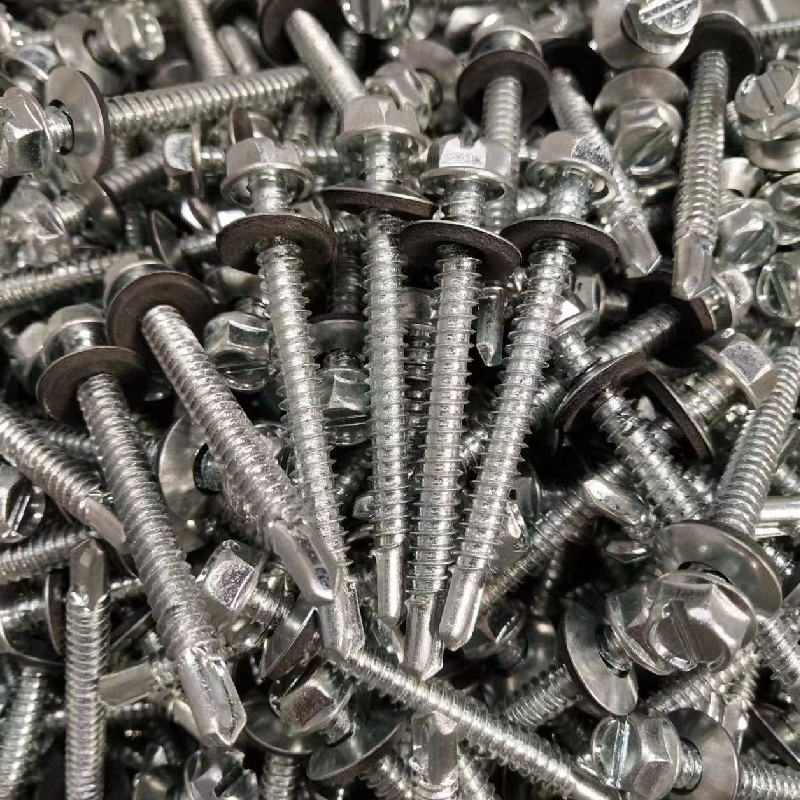M8 Double Ended Stud for Improved Fastening Solutions and Versatile Applications
Understanding M8 Double Ended Studs A Comprehensive Guide
The M8 double ended stud, a versatile and essential component in various engineering and construction applications, plays a crucial role in fastening and joining two separate pieces of material. The term double ended stud refers to a rod with threads on both ends, allowing it to be inserted into two different components simultaneously. Its designation as M8 indicates that it has a nominal diameter of 8 millimeters.
Characteristics of M8 Double Ended Studs
M8 double ended studs possess several important characteristics that make them ideal for different applications. Typically made from various materials such as stainless steel, carbon steel, or alloys, these studs offer excellent strength and durability. The choice of material depends on the specific requirements of the application, including environmental conditions and load-bearing needs.
The standard length of M8 double ended studs can vary, and they can be customized based on the project's requirements. Additionally, the threads are typically designed to conform to the ISO metric thread standards, ensuring compatibility with a wide range of nuts and fasteners. This standardization is crucial for maintaining uniformity and reliability in construction and manufacturing processes.
Applications of M8 Double Ended Studs
M8 double ended studs find useful applications in numerous fields, including automotive, aerospace, construction, and machinery assembly. In the automotive industry, these studs are frequently used for securing components like engine blocks, chassis, and suspension systems. Their ability to withstand high levels of stress and vibration makes them indispensable for ensuring the integrity of these critical components.
m8 double ended stud

In construction, M8 double ended studs play a vital role in connecting steel beams, brackets, and other structural elements. Their use simplifies the assembly process, as they allow for easy attachment and detachment. This is particularly important in modular construction, where components are manufactured off-site and assembled on-site.
In the realm of machinery and equipment assembly, M8 double ended studs are often used to connect parts that require precise alignment. The dual-thread design allows for versatility, enabling the assembly of complex components with ease.
Installation and Maintenance
The installation of M8 double ended studs should be carried out with care to ensure that they are correctly torqued and aligned. Over-tightening can lead to thread damage, while under-tightening may result in loosening over time. It's essential to use the appropriate tools, such as torque wrenches, to achieve the desired tension.
Periodic maintenance is also important, especially in high-stress applications. Inspecting the studs for signs of wear, corrosion, or fatigue can help prevent failures. Replacing damaged studs promptly can save time and reduce the risk of costly downtimes in industrial settings.
Conclusion
In summary, M8 double ended studs are a fundamental component in various industries, providing reliability and strength in fastening applications. Their versatility and ability to connect multiple components make them an indispensable asset in engineering and construction. Understanding their properties, applications, and maintenance requirements not only enhances operational efficiency but also ensures the longevity of the structures and machinery they support. Whether in a construction project or an automotive assembly line, M8 double ended studs continue to serve a significant role in ensuring quality and durability in modern engineering practices.
-
Weatherproof Plastic Expansion Anchors for OutdoorNewsJun.06,2025
-
Sustainability in the Supply Chain: Eco-Friendly TEK Screws ProductionNewsJun.06,2025
-
Load-Bearing Capacity of External Insulation FixingsNewsJun.06,2025
-
Double Head Bolts: Enhancing Efficiency in Industrial MachineryNewsJun.06,2025
-
Corrosion Resistance in Chipboard Screws: Coatings for Wholesale DurabilityNewsJun.06,2025
-
Butterfly Toggle Bolts : Enhancing Structural ResilienceNewsJun.06,2025
